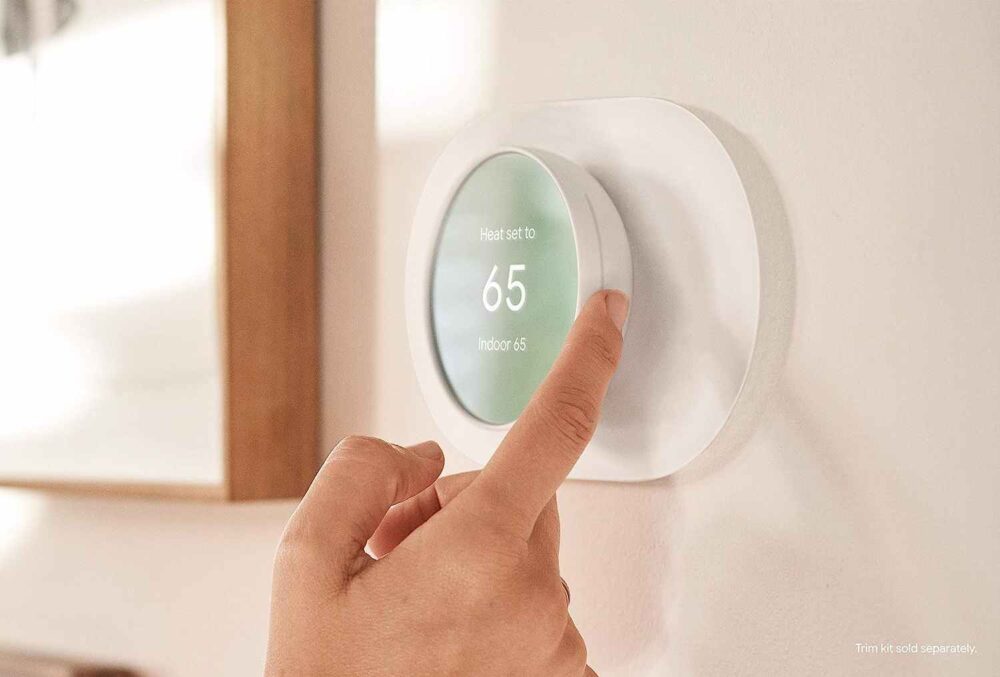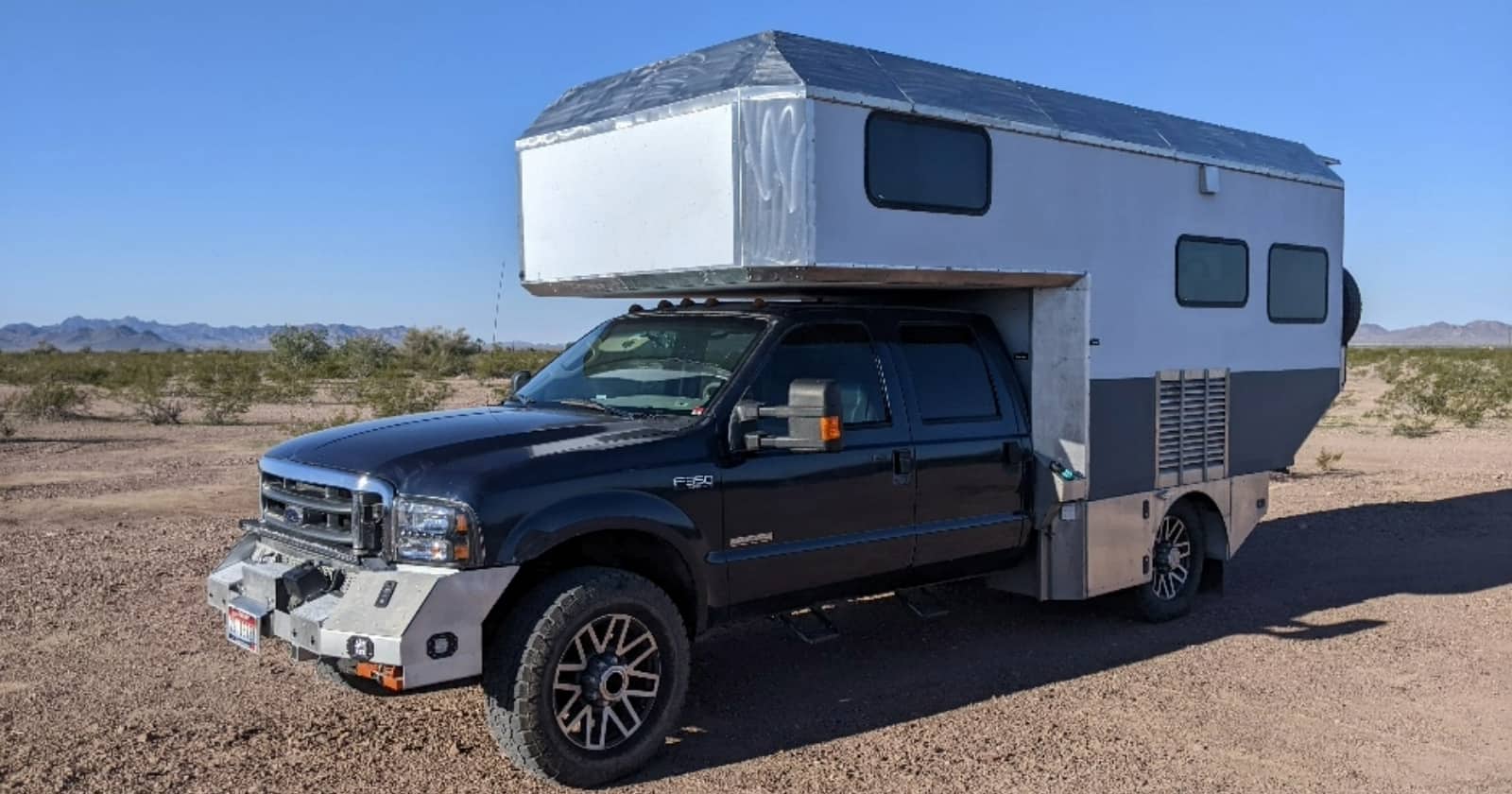
Can You Use A Google Nest Thermostat In An RV?
Smart devices are becoming more and more popular in the modern world. Many RVs come with user-friendly heating and cooling systems, but some people wonder if they can pair these with other devices. If you’ve ever wondered if you can install a Nest thermostat in an RV, this article is for you!
Google Nest thermostats are compact yet powerful. They are already quite popular in homes, so some RV owners are curious if these devices will function on the road. The short answer is yes! Many RVers have successfully installed Nest thermostats in their vehicles.
However, there are also a few complications you need to consider before you invest in a new smart device. For starters, Google Nest thermostats are not compatible with every appliance or heating system. In addition, you may need to take a few extra steps to integrate them into your RV. Read on to learn more about these devices and their RV compatibility.
What is a Google Nest Thermostat?
Before we dive into the details, let’s do a quick overview of what a Google Nest Thermostat is. These thermostats are part of Google’s Smart Home appliance collection. This collection includes devices like speakers, smoke alarms, door locks, security cameras, and more.
Customers can buy as many of these items as they want, and they are designed to smoothly integrate with one another. However, you can also use a Nest thermostat as a standalone system.
This system consists of three different parts. There’s the base, which mounts onto the wall. Then there’s the thermostat itself. This is the device that controls the output and collects temperature data. Finally, there are the temperature sensors. These should be installed around your home or RV so you can accurately monitor the temperature.
Google Nest thermostats connect to the Nest app. With this app, users can monitor their RV, view temperature changes, and adjust settings.
RV compatibility
Although these thermostats were designed for a wide variety of living spaces, many people wonder if they can install a Nest thermostat in an RV. In general, you can indeed use a Nest thermostat! It’s not just possible—it’s an increasingly popular choice for RVers. However, you’ll need to make sure that your vehicle is compatible with this type of technology before you begin.
While it’s true that Nest thermostats are designed to work with a wide range of heating and cooling systems, including those powered by electricity, natural gas, and oil, they may not be universally compatible with all systems found in RVs. Compatibility largely depends on the specific control signals used by your system rather than the power source itself. Therefore, it’s not always a given that a Nest can be wired directly into your RV’s existing systems and work flawlessly. Furthermore, while they are compatible with certain 24V models, it’s not a guarantee for all. To ensure a proper and efficient setup, it’s critical to use Google Nest’s Compatibility Checker tool before attempting to install the thermostat in your RV
If your heaters, fans, and other devices have Wi-Fi capabilities, the Nest should be able to connect to them fairly easily. But if not, you may need to use a Google Nest Power Connector to integrate these systems.
Unfortunately, not every system and appliance will be able to interface with a Nest thermostat. If there’s no way to connect your devices, you may need to upgrade to smart systems in order to enjoy the best performance.
Google Nest also recognizes that not every home or RV is compatible with their technology. That’s why they’ve created a Compatibility Checker tool for customers. Visit their website and input the information for your RV or a specific heating system. Then you’ll know if you can install a Nest thermostat in your camper.
Installation process
Once you’ve determined that a Nest thermostat could work with your RV, it’s time to install it. Fortunately, the process is fairly simple. These units are designed to be user-friendly, and you can generally set them up without a lot of hassle. Don’t be afraid to reach out to the Google customer service team if you need help, though.
To begin, you need to cut the RV power. It’s important to take this safety precaution whenever you want to mess around with wiring. Turn off the power at the circuit breaker, then remove your RV’s current thermostat.
Next, you need to install the Nest base on the wall. Place it over the gap where the old thermostat was and reconnect the wires to the T1 and T2 terminals. These should be clearly labeled. Now you can hook up the Nest thermostat stand and attach the display.
Once everything is connected, reactivate your RV power. At this point, the thermostat should turn on. From here, you can go through the setup process and adjust the settings to your liking. It may be able to connect to other systems within your RV, so check whether or not the other devices are compatible with your new thermostat.
Finally, you can place the temperature sensor(s) around your RV. Try to keep them in open-air environments where they won’t be heavily influenced by electronics or windows.
Check out the video below for a more detailed breakdown of the installation process.
Why should I install a Nest Thermostat?
As you read through the installation guide and compatibility issues, you might doubt that it’s worth installing a Nest thermostat in your RV.
Even though the initial setup process can be a bit of a hassle, these smart devices can provide several benefits. They’re fairly affordable, easy to install, and compatible with a wide variety of devices.
Additional benefits include:
Remote control capabilities
The first major bonus is the Nest app. This app is easy to access via your phone, tablet, or laptop. It gives you full remote access to the system, so you can adjust your temperature settings from a distance. It works whether you’re in the middle of the hike, out on the lake, or if you’re just in a comfortable chair and don’t want to get up.
The Nest app also records and stores a variety of information. You can look back at the logs to see when the system was active. This will show you when the hottest and coolest times of the day are. This app can also track humidity changes and can alert you if there’s a sudden shift. This early warning system can help you fix problems before they spiral into something major.
Energy efficient design
In addition, Google Nest thermostats are energy-efficient. They use minimal amounts of power for maximum heating and cooling. By making minor changes throughout the day, they help your RV maintain a comfortable temperature. You won’t have to manually crank up the heater or AC (which can drain a lot of power).
Because you conserve power, you’ll also be able to save money. Heaters and air conditioners always use some type of fuel, but a well-adjusted system like a Nest thermostat can cut back on your energy consumption. This also makes them more environmentally friendly. Many RVers adopt the lifestyle to reduce their carbon footprint, and smart devices can help with that.
Modern aesthetics
Last but not least, the Google Nest devices are sleek and attractive. They all feature modern designs that blend in with most RV interiors. Customers can choose from a variety of colors, including black, white, gray, brass, copper, rose gold, and more.
Regardless of your chosen color scheme, you can install a Nest thermostat that complements your aesthetic. These units are also compact, allowing you to keep them discreet.
Get tips from other RVers
Forums such as iRV2.com and blog sites like RV LIFE, Do It Yourself RV, and Camper Report provide all the information you need to enjoy your RV. You’ll also find brand-specific information on additional forums like Air Forums, Forest River Forums, and Jayco Owners Forum.
Related articles:




We just installed a Micro-Air thermostat in our RV. This company makes them for RV’s and RV is 12 years old. I sent them a picture of my thermostat and they selected one for me. Very easy to install and does exactly what we wanted it to do by turning on our AC from home. Need to have a good internet source.